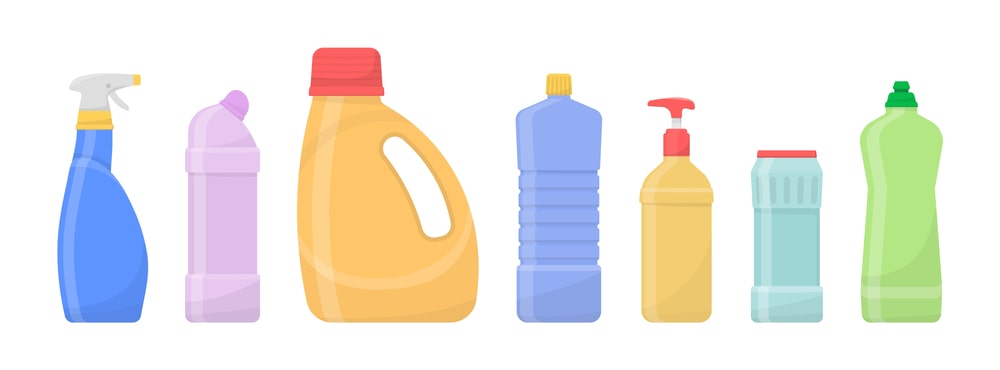What is Detergency?
Detergency is a complex process involving the removal of foreign matter from surfaces. Surfactants are used for the removal of dirt through the detergency effect. Initial wetting of the dirt and of the surface to be cleaned is carried out by deflocculation and suspension or emulsification or solubilization of the dirt particles. It also involves foaming the agent for entertainment and washing away the particles. A wetting agent that when dissolved in water, lowers the advancing contact angle, and aids in displacing an air phase at the surface and replacing it with a liquid phase.
Wetting agents are useful in:
- Displacement of air from sulfur, charcoal, and other powders for dispersing these drugs in liquid vehicles
- Displacement of air from the matrix of cotton pads and bandages so that medicinal solutions may be absorbed for application to various body areas.
- Displacement of dirt and debris using detergents in the washing of wounds.
- The application of medicinal lotions and sprays to the surface of the skin and mucous membrane.
Solid surfaces adsorb dissolved or undissolved substances from the solutions. A common example is the adsorption of acetic acid on activated charcoal. The fraction of added acid is adsorbed by activated charcoal and the concentration of acid in the solution decreases. Other examples of adsorption by activated charcoal are the removal of solutes from solutions such as ammonia from ammonium hydroxide, phenolphthalein from solutions of acids and bases, and high molecular weight non-electrolyte substances from their solutions.
Adsorption from solution follows the general principle laid down for adsorption of gases and is subject to the same factors. The adsorbent is more effective in attracting certain substances to their surface than others. Temperature decreases the extent of adsorption while the surface area has the opposite effect to that of temperature as an increase in surface area adsorption increases. Adsorption from solutions involves equilibrium between the amount adsorbed on to surface and the amount present in bulk solution. The effect of concentration of adsorbate on the extent of adsorption is represented by Freudlich’s isotherm equation as in the following equation
y = kC1/b…..(1)
where y is the mass of adsorbate per unit mass of adsorbent, C is the equilibrium concentration of adsorbate being adsorbed, while k and b are empirical constants. By taking logarithms of both the sides of the equation (1) we obtain
log y = log k +1/b*logC…(2)
The plot of log y versus log C is linear with a slope equal to 1/b and intercept equal to log k.
Clarification of sugar liquors by charcoal, recovery of dyes from solvents, recovery, and concentration of vitamins and other biological substances, wetting, and detergency are some of the applications of the adsorption at solid-liquid interfaces. One of the uses of adsorption at the solid/liquid interface is to remove poisonous levels of drugs and other toxins from the body. Very often activated charcoal is used as an antidote to poisons. This powder is not wet by water but has a high affinity for some types of drugs. As an example, sulfonylurea such as tolbutamide will concentrate on the surface of the activated charcoal. Another example is the common OTC analgesic acetaminophen. An overdose of this drug can cause severe liver complications leading to death. A dose of 15 g can kill an adult. By administering activated charcoal, we can reduce the amount of the dose that is absorbed into the body and some research has shown that some of the drugs will cross from the blood supply into the gut.
Make sure you also check our other amazing Article on : Lipsticks
